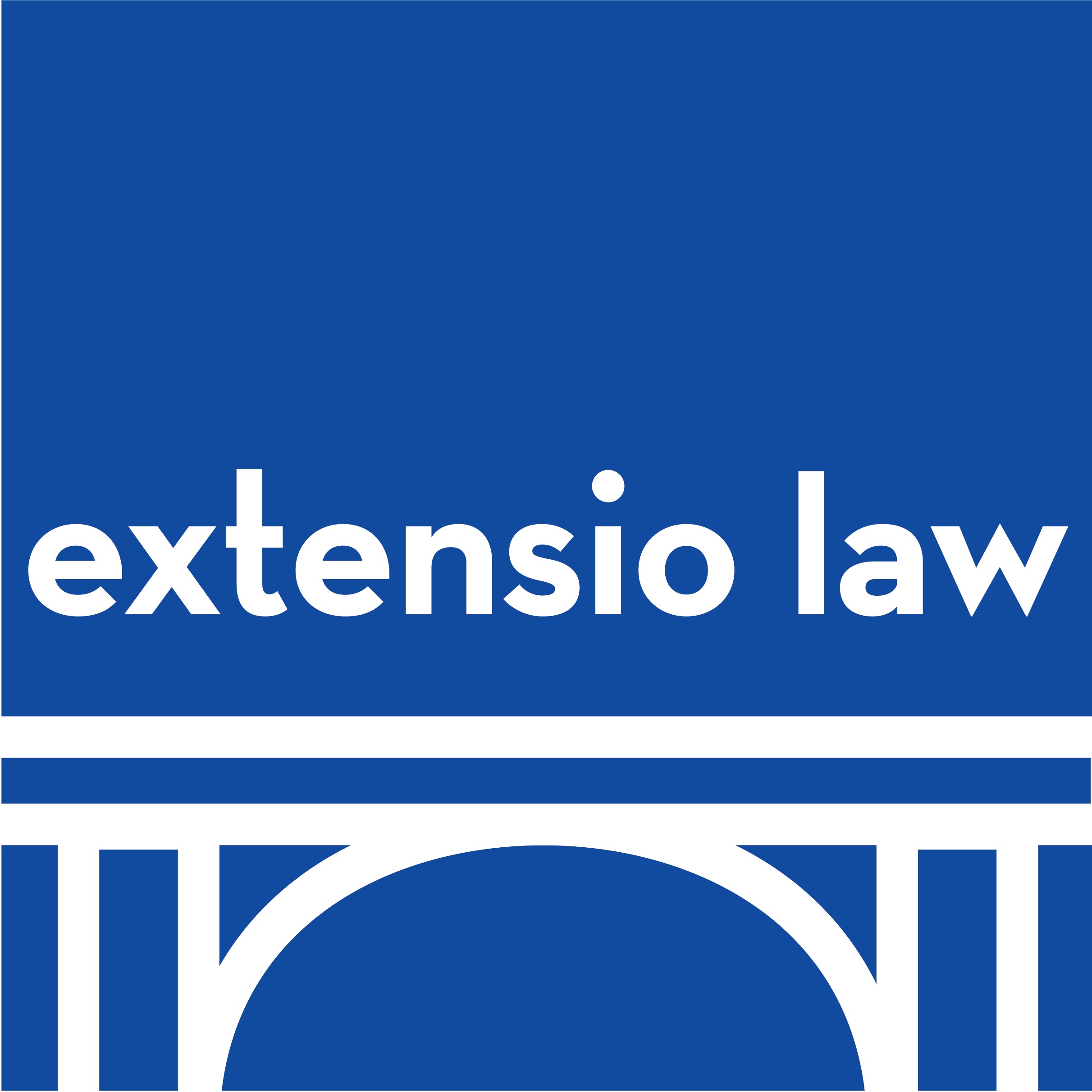EEOC's New Strategic Plan: A Roadmap for Compliance Priorities?
On August 22, 2023, the U.S. Equal Employment Opportunity Commission (EEOC) announced its Strategic Plan for Fiscal Years 2022-2026, which directs the agency’s work and internal resource allocation. Implementation begins immediately.
1. Salient Areas of the Plan. The EEOC’s Strategic Plan provides a helpful a framework for employers who seek to understand the agency’s strategic goals and objectives. Highlights of the Plan include:
Increased focus on systemic discrimination. The Plan emphasizes expanding the EEOC’s capacity to eliminate systemic barriers to equal opportunity in the workplace, including training staff to identify and investigate systemic cases and devoting additional resources to systemic enforcement.
Enhanced intake services to potential charging parties, respondents, and representatives. Under the Plan, the EEOC will focus on improving and expanding complainant access to intake services, increasing the availability of intake interview appointments, and improving overall service to the public.
Promote promising practices that employers can adopt to prevent discrimination in the workplace.
2. What Now? Evaluate your company’s current HR policies and practices for the possibility of systemic discrimination. “Systemic discrimination” cases are “pattern or practice” and/or class cases where the discrimination has a broad impact on an industry, profession, company or geographic location. “Systemic” can also mean bias that is built into systems or structures that impact workers differently.
According to the EEOC, examples of employment practices and policies that may involve systemic discrimination include the following:
Hiring/Promotions/Assignments/Referrals
Criminal/credit background checks
Recruitment practices such as favoring or limited to word-of mouth
Tap-on- the- shoulder promotion policies
Steering of applicants to certain jobs or assignments based on race or gender
Historically segregated occupations or industries
Job ads showing preference (“young”, “energetic”, “recent graduate”, “men only”, “women only”)
Customer preference
Using AI to sort through applications
Personality or customer service tests; physical ability or capacity tests; cognitive tests
No rehire of retired workers or hiring of currently employed persons only
Policies/Practices
Mandatory religious practices by employers who do not qualify as religious organizations
Paternal leave policies that do not give the same benefits for men and women
Mandatory maternity leave
Fetal protection policies
English only rules
Age-based limits on benefits or contributions to pension or other benefits
Lay-off/Reduction in Force/Discharge policies
Mandatory retirement
Layoffs, reorganizations, and RIFs- disparate treatment and disparate impact based on a protected characteristic
Waivers that may prevent employees from filing complaints or assisting the EEOC
Waivers that do not comply with the Older Workers Benefit Protection Act
ADA/GINA
“No fault” attendance policies
Non-accommodation for medical leave
Light duty policies for only work-related injuries
100% healed return to work requirements
Pre-employment medical inquiries
Use this checklist as a starting point to proactively audit (and correct, if necessary), your company’s policies and practices. HR systems are oftentimes put in place and not re-evaluated for evolving legal compliance. Take the time now to review your HR systems and ensure that they are compliant, current, and narrowly-tailored to meet your company’s actual business objectives.
Contact us if you have questions.




